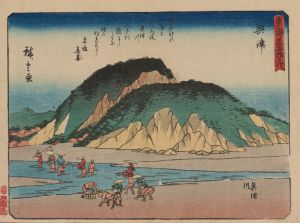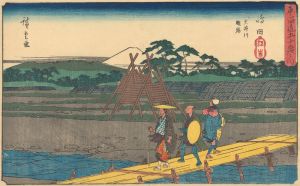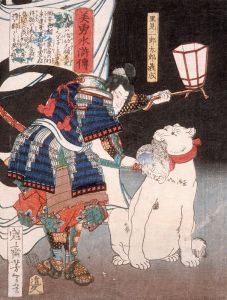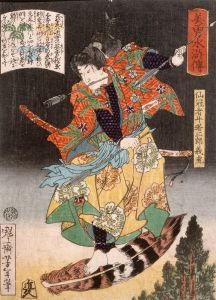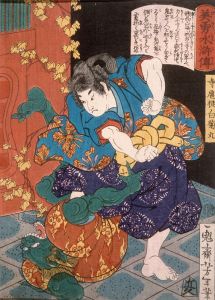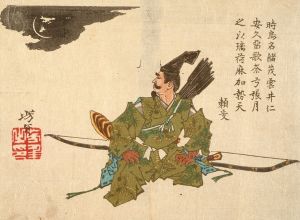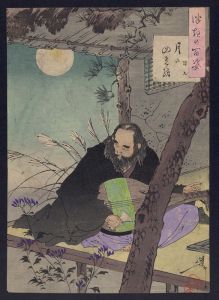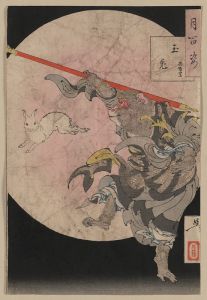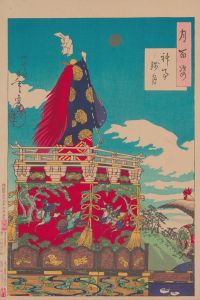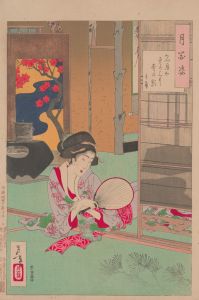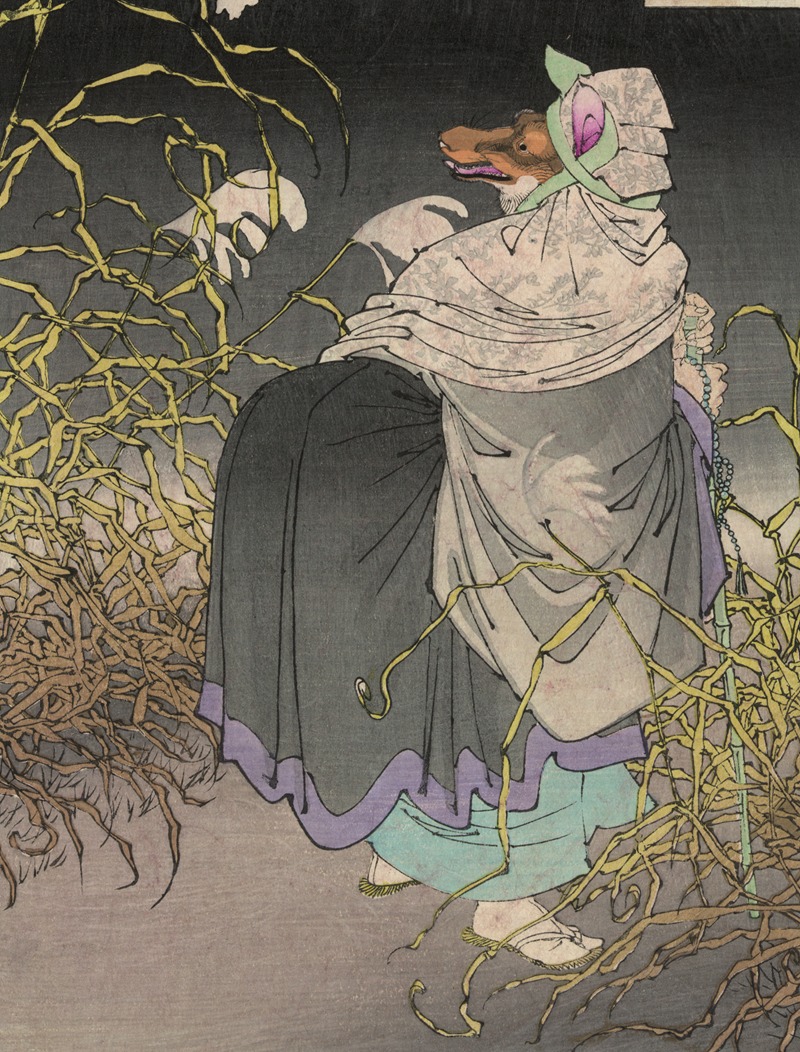
Konkai
A hand-painted replica of Tsukioka Yoshitoshi’s masterpiece Konkai, meticulously crafted by professional artists to capture the true essence of the original. Each piece is created with museum-quality canvas and rare mineral pigments, carefully painted by experienced artists with delicate brushstrokes and rich, layered colors to perfectly recreate the texture of the original artwork. Unlike machine-printed reproductions, this hand-painted version brings the painting to life, infused with the artist’s emotions and skill in every stroke. Whether for personal collection or home decoration, it instantly elevates the artistic atmosphere of any space.
Tsukioka Yoshitoshi was a renowned Japanese artist of the late Edo and early Meiji periods, celebrated for his woodblock prints and his role in the development of the ukiyo-e genre. Among his many works, "Konkai" is one of the pieces that exemplifies his unique style and thematic focus. However, specific information about a work titled "Konkai" by Yoshitoshi is not readily available in historical records or major collections. It is possible that the title may refer to a lesser-known piece or a misinterpretation of another work by Yoshitoshi.
Yoshitoshi's oeuvre is characterized by its dramatic intensity, innovative use of color, and exploration of themes such as beauty, horror, and the supernatural. He is best known for series such as "One Hundred Aspects of the Moon" and "Thirty-Six Ghosts," which showcase his fascination with Japanese folklore, history, and the human condition. His works often depict scenes from classical literature, historical events, and kabuki theater, rendered with a keen attention to detail and a deep understanding of the emotional and psychological nuances of his subjects.
During his lifetime, Yoshitoshi witnessed the tumultuous transition from the Edo period to the Meiji era, a time of significant social and political change in Japan. This period saw the decline of the traditional ukiyo-e print industry due to the advent of new printing technologies and the influence of Western art. Despite these challenges, Yoshitoshi managed to adapt and innovate, ensuring his place as one of the last great masters of ukiyo-e.
Yoshitoshi's work is noted for its bold compositions and dynamic use of line and color. He often employed a technique known as "bokashi," a method of creating gradations of color that added depth and atmosphere to his prints. His ability to convey movement and emotion through his art made his prints particularly compelling and influential.
While specific details about "Konkai" are not available, it is important to consider Yoshitoshi's broader artistic legacy. His work not only reflects the cultural and historical context of his time but also continues to resonate with audiences today. Yoshitoshi's prints are celebrated for their artistic innovation and their ability to capture the complexities of human experience, making them enduring works of art that continue to be studied and appreciated.
In summary, while there is no specific information available about a work titled "Konkai" by Tsukioka Yoshitoshi, his overall contributions to the art world remain significant. His mastery of the ukiyo-e form and his ability to adapt to changing times have cemented his reputation as a pivotal figure in Japanese art history.





